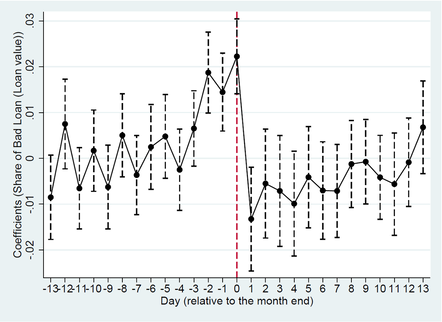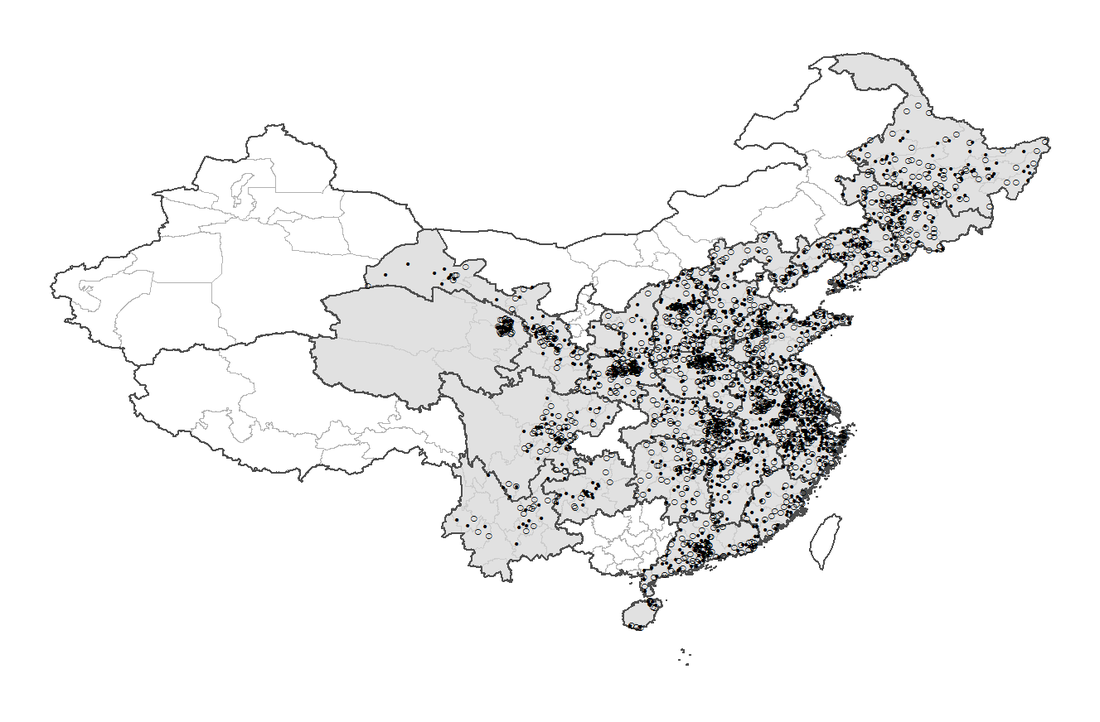Yiming Cao
Working Papers
|
This paper examines the social influence of personal connections within government bureaucracies. I provide empirical evidence that these connections create social vulnerabilities that magnify the impact of negative shocks. The study is situated in the context of the devastating 2008 Sichuan earthquake, which offers an opportunity to bring to light vulnerabilities that remain invisible in most states of the world. Using an original dataset that covers 1,065 buildings in the quake-affected area, I find that buildings constructed when the county officials had the same hometown as their prefectural leaders are 13 percentage points (83 percent) more likely to collapse relative to the no-connection benchmark. I find suggestive evidence that the poorer building quality likely reflects the lack of building code enforcement by connected officials. Aggregated damage statistics at the county level suggest that one additional year of having a connected official is associated with an 8 percent increase in mortality and a 3 percent increase in direct economic loss from the earthquake.
These findings add to the long-standing debate whether patronage (and corruption more broadly) is socially detrimental by highlighting a massive yet latent social cost resulting from connections between government officials. |
|
Distribution of Rebellions along the Grand Canal
|
This paper examines the closure of China's Grand Canal --- the world's largest and oldest artificial waterway. Using an original dataset covering 575 counties over 262 years, we present plausibly causal evidence that the canal's closure gives rise to the subsequent social turmoil in 19th century North China. In particular, counties along the canal experiences an additional 136% increase in the number of rebellions after the canal's closure relative to their non-canalside counterparts. We explore several prominent mechanisms that could potentially explain our results, and find the most support for the disrupted trade access, especially for urban areas. Our findings thus highlight the importance of continued access to trade routes in reducing conflict --- a classic conjecture that has rarely been directly tested in a causal context.
|
Target Setting and Allocative Inefficiency in Lending: Evidence from Two Chinese Banks
|
2019 |
|
We study the consequences of month-end lending incentives for Chinese bank managers. Using data from two banks, one state-owned and the other partially privatized, we show a clear increase in lending in the final days of each month, resulting from both more loan issuance and higher value per loan. We estimate that daily lending is 92 percent higher in the last 5 days of each month as a result of loan targets, with only a small amount plausibly attributable to shifting loans forward from the following month. End-of-month loans are 1.6 percentage points (12 percent) more likely to be classified as bad in the years following issuance relative to mid-month loans. Our work highlights the distortionary effects of target-setting on capital allocation, in a context in which such concerns have risen to particular prominence in recent years.
|
In Progress
Social Learning in Policy Learning
Non-English Publication
Pollution Control in China: Prefecture Level Evidence (in Chinese, with Fang Wang and Shuo Chen), China Economic Quarterly, 2019
|
Note: Solid points are visits by provincial Party Secretaries, while hollow points are visits by provincial governors
|
The Environmental Kuznets Curve Hypothesis (EKCH) is a popular framework in analyzing China’s notorious pollution problem. We show in this paper that EKCH implicitly assumes an elected government and its prediction fails when the government is actually appointed. This is because the central governments’ emphasis on economic growth would reduce the local’s incentive to control pollution. We verified this mechanism using a panel data of 282 Chinese cities from 2003 to 2007, and found that the superior politicians’ local visits for economic affairs significantly reduced local expenditure on environment. Our findings suggest that Top Design should play a central role in China’s pollution control.
|
Proudly powered by Weebly


